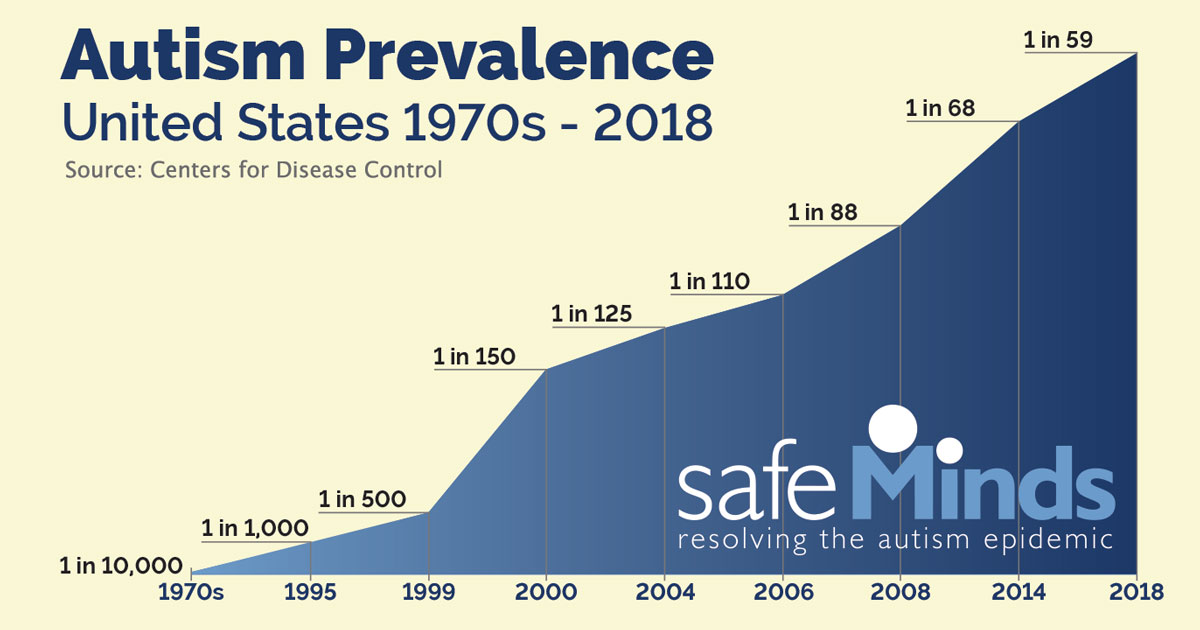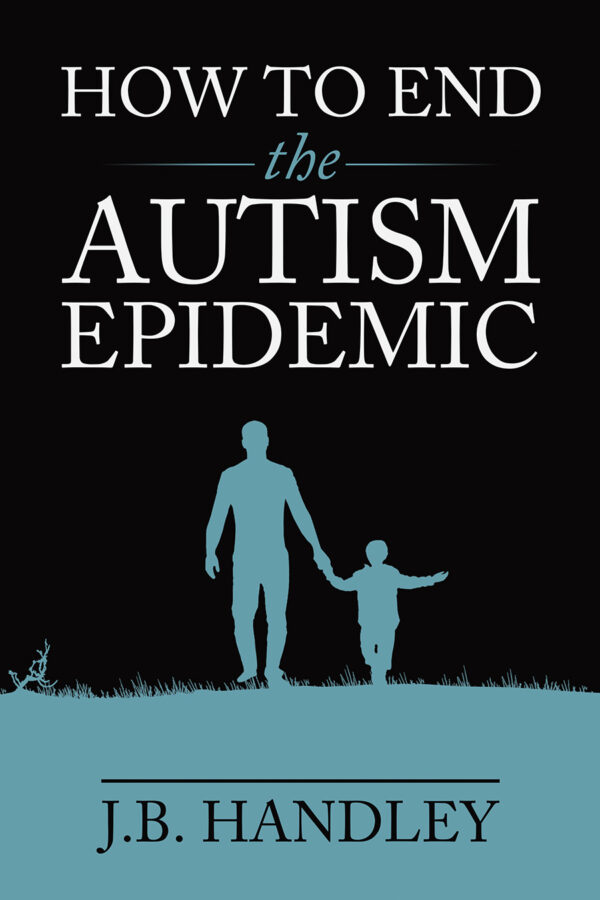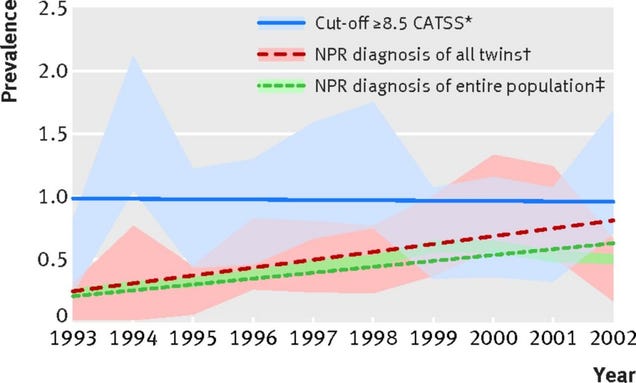Table of Contents
- Autism Series 2013 – Part 3: The Autism “Epidemic” | Dr C. Edward Pitt
- How to End the Autism Epidemic | Chelsea Green Publishing
- Meno Clinic The Untold Story of Why Autism has Become a Major Epidemic
- The Autism Epidemic: Increasing Cases or Just Increasing Diagnoses ...
- Face it, There IS an Autism Epidemic – Kindred Media
- Epidemiology of Autism - Clinique Spectrum
- Do vaccines cause autism? | IGN Boards
- The autism epidemic that never was | New Scientist
- Autism Epidemic - How Real is it?
- The Autism Epidemic That Can No Longer Be Ignored | HuffPost Life



Genetic Factors: A Key Player in Autism Development



Environmental Factors: A Growing Concern



Lifestyle Factors: A Modern Conundrum
Modern lifestyle factors, such as increased screen time and reduced physical activity, may also be contributing to the rising autism rates. Additionally, advanced parental age has been linked to an increased risk of autism, as older parents are more likely to have genetic mutations that can increase the risk of autism.
Improved Diagnosis and Awareness: A Contributing Factor
Improved diagnosis and awareness of autism have also contributed to the rising rates. As awareness and understanding of autism increase, more children are being diagnosed and receiving treatment. This increased diagnosis and awareness have led to a more accurate representation of the prevalence of autism. The rising autism rates are a complex issue, and there is no single cause. Genetic, environmental, and lifestyle factors all contribute to the development of autism. While the exact causes of the rising autism rates are still not fully understood, research continues to uncover new insights and potential contributing factors. By understanding the possible causes of autism, we can work towards developing effective prevention and treatment strategies to support individuals with autism and their families.For more information on autism and the latest research, visit the CDC website or consult with a healthcare professional.
Note: The article is optimized for SEO with relevant keywords, meta description, and header tags. The word count is approximately 500 words.